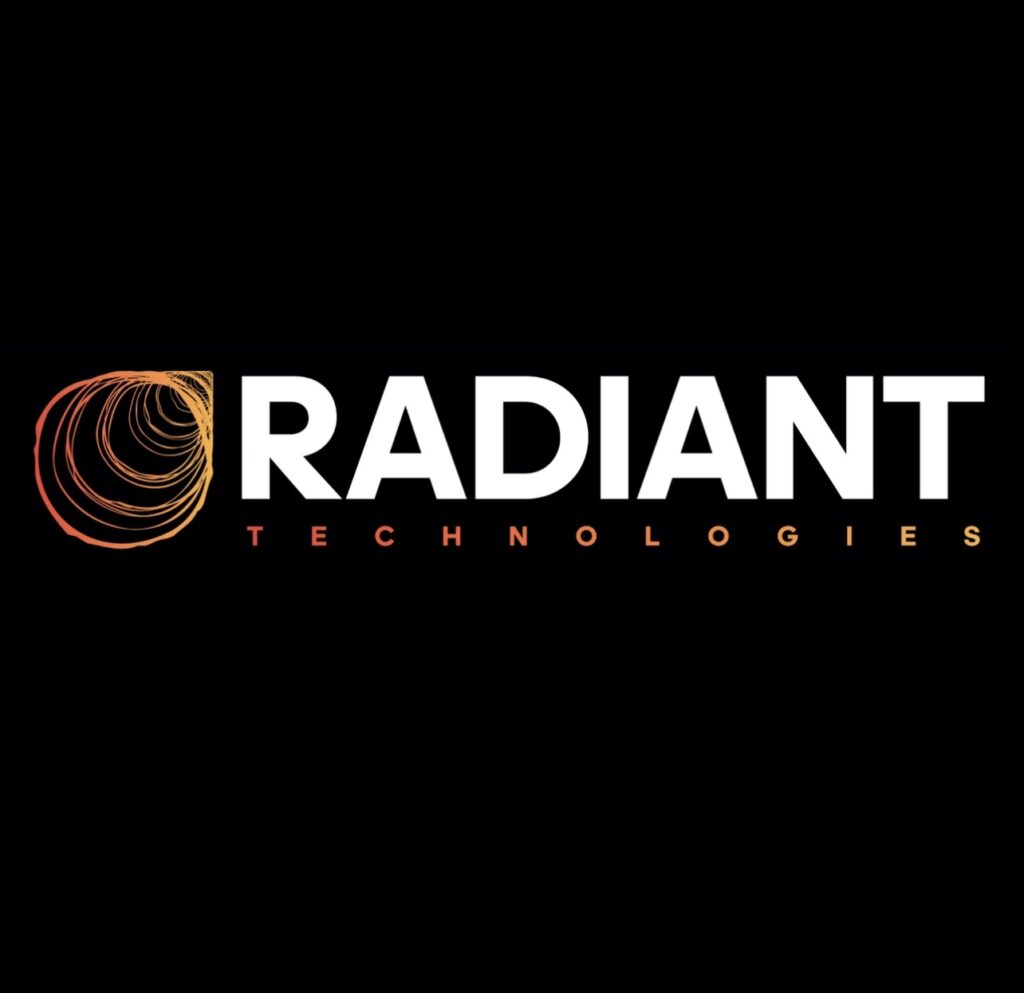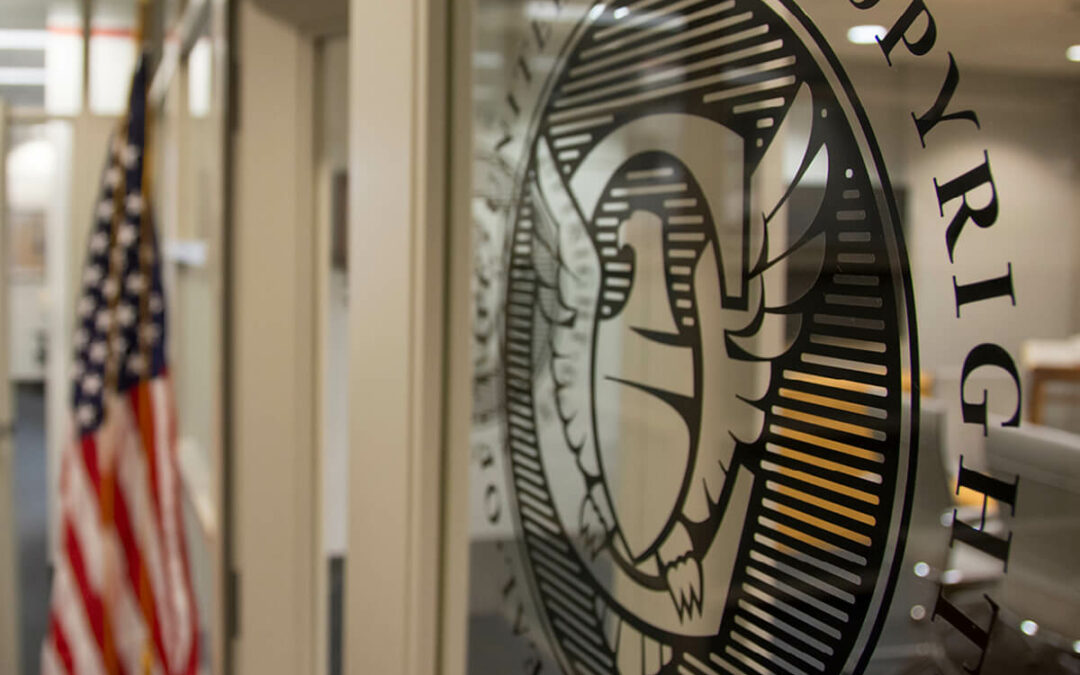The United States Copyright Office (USCO) has issued a study explaining its approach to assigning copyrights to content developed with generative AI.
What’s the verdict? A work made entirely by AI is not copyrightable; nevertheless, a work that blends human creativity with AI can be protected as long as it contains a “sufficient” level of human expression.
“The use of AI tools to assist rather than stand in for human creativity does not affect the availability of copyright protection for the output,” according to the USCO research.
The Copyright Office found that, at least for this particular AI issue, no new regulations are required because current precedent may guide the granting of copyrights to works involving AI.
“Questions of copyrightability and AI can be resolved pursuant to existing law, without the need for legislative change,” states the paper, which is available in its whole here.
“After considering the extensive public comments and the current state of technological development, our conclusions turn on the centrality of human creativity to copyright,” stated Shira Perlmutter, USCO Director and Register of Copyrights.

“Where that creativity is represented through the usage of AI systems, it remains protected. Extending protection to material whose expressive features are chosen by a machine, however, would undermine rather than advance the constitutional aims of copyright.”
The report is consistent with the office’s approach thus far. For example, in 2023, computer scientist Stephen Thaler sued the USCO after being denied copyright on content created by his DABUS AI system.
In that case, the court agreed with the USCO, ruling that a work created wholly by AI cannot be copyrighted. Thaler is appealing the ruling.
Nonetheless, the USCO’s guidelines provide some stability for creators and copyright owners: it appears very guaranteed that fully AI-generated works, such as songs created by AI music-making platforms like Suno and Udio, will not be protected by copyright.
The USCO study received quick support from the Recording Industry Association of America (RIAA).

“RIAA applauds the US Copyright Office for reaffirming the longstanding tenet of copyright: human authorship is required in order for a work to be copyrightable,” according to a statement from the association.
READ MORE: Miley Cyrus Responds To Copyright Violation Lawsuit Against “Flowers” – Where Is Bruno Mars?
“That fundamental notion is the foundation of a pro-innovation future and critical for human creators. Creators’ invaluable contributions are critical to sustaining and expanding America’s world-class intellectual property sector.
“RIAA applauds the US Copyright Office for reaffirming the longstanding tenet of copyright: human authorship is required in order for a work to be copyrightable.”
RIAA
Things get a little more tricky when it comes to AI-assisted creation. That’s an important issue for the numerous artists and producers who have started employing AI tools to compose music.
According to the USCO, “whether human contributions to AI-generated outputs are sufficient to constitute authorship must be analyzed on a case-by-case basis.”
Nonetheless, the USCO has provided sufficient material to conclude, in broad strokes, what types of work will be covered and what will not in the age of generative AI.
When does AI-enabled content become copyrightable?
There are numerous ways to employ artificial intelligence to generate music and other creations. The USCO report focused on three common ways AI is employed today:

Using prompts to obtain a certain outcome from a generative AI engine
Input a human-created work and ask the AI to change it in some way.
Modifying or organizing AI-generated content Prompts:
Eliciting AI-generated works via a prompt – often, text typed into the AI engine – is the most obvious scenario here. You cannot copyright a work generated just by inputting a question.
The USCO report provides several explanations for this, one of which is that prompts are ideas rather than expressive creations, and ideas cannot be copyrighted. If your sole contribution to a creation is an unprotectable idea, you cannot claim copyright.
Furthermore, the USCO claims that prompts do not offer the human user sufficient influence over the output to claim authorship.
“The output of current generative AI systems may include content that was not specified and exclude content that was,” according to the analysis. “The fact that identical prompts can generate multiple different outputs further indicates a lack of human control.”
But what about “prompt engineering”? Some AI users have honed their skills by continually entering prompts into an AI engine and adjusting their request one prompt at a time until they achieve the desired result. Does that output qualify as a copyrightable work?
Again, the Copyright Office says no. The paper cites copyright law precedence to argue that “selection of a single output is not itself a creative act.”
The USCO uses an analogy from one of the thousands of contributions it received from the public on this issue to quote:
“If I walk into a gallery or shop that specializes in African savanna paintings or pictures because I am looking for a specific idea (say, an elephant at sunset, with trees in the distance), I may find a painting or picture that fits my idea, [but that] in no way makes me an author.”

However, the USCO states that “there may come a time when prompts can sufficiently control expressive elements in AI-generated outputs to reflect human authorship.” If future technological improvements provide consumers more control over such expressive features, a different conclusion may be warranted.”
Expressive inputs:
Another method to use AI is to upload something you’ve developed and have the AI improve it. For example, a visual artist could submit a sketch and request that the AI convert it into a photorealistic 3D image. Alternatively, a musician might enter a melody they created and have the AI turn it into a full “recording” with multiple instruments and a backbeat made by them.
In this case, the USCO states that only parts of a work authored by a human can be copyrighted; parts developed by artificial intelligence cannot.
“Where a human inputs their own copyrightable work and that work is perceptible in the output, they will be the author of at least that portion of the output,” according to the analysis.
“Creativity expressed through AI systems remains protected.” Extending protection to material whose expressive features are chosen by a machine, however, would undermine rather than advance the constitutional aims of copyright.”
Shira Perlmutter, USCO
Granting copyrights in these cases will be guided by the existing copyright regulations for “derivative works,” which are original works developed on top of another pre-existing work. For example, a remix.
In a derivative work, the creator can only copyright the new, original components. If a producer develops a remix, they can only copyright the new backbeat they added, not the original music.
This particular copyright “may also cover the selection, coordination, and arrangement of the human-authored and AI-generated material, even though it would not extend to the AI-generated elements standing alone,” according to the USCO.
Modifying or organizing AI-generated content:
Consider a scenario in which an artist employs AI to generate a variety of guitar lines, bass lines, and drum rhythms. They then rearrange the components to form a new track. Is that copyrightable?
The USCO says yes, but only if the human developer altered such aspects “in a sufficiently creative way.”
However, as with expressive inputs, only elements created by humans are copyrightable. In the instance of this hypothetical music, it would imply that the arrangement of sounds is copyrighted but the individual, AI-created sounds are not.

“The inclusion of elements of AI-generated content in a larger human-authored work does not affect the copyrightability of the larger human-authored work as a whole,” the United States Court of Appeals says.
“For example, a film that includes AI-generated special effects or background artwork is copyrightable, even if the AI effects and artwork separately are not.”
What happens next?
This is the second of three USCO reports outlining policies on copyright and artificial intelligence.
The first report, published in July 2024, addressed the issue of AI-generated digital replicas (also known as deepfakes) and stated that “a new law is needed” to safeguard people and copyright holders in a future when it is extremely easy to mimic a person’s face, voice, or other traits. Congress is now considering a number of such proposed bills.
The third study, which the USCO describes as “forthcoming,” may be the one that the music industry and other copyright holders pay the most attention to.
That report will reach a conclusion on using copyrighted content to train AI. For IP-dependent sectors, this is one of the most significant (if not the most significant) issues with AI.
Rights holders have filed multiple lawsuits against AI developers who they claim utilized their copyrighted works without permission or payment.
The music industry’s most carefully followed cases right now are those filed by the majors against Suno and Udio, two upstart music creation platforms that Sony Music, Universal Music, and Warner songs claim trained their AI on copyrighted songs.
Suno and Udio intend to defend themselves by claiming that they should be awarded a “fair use” exemption under US copyright law; the music firms disagree.
The USCO’s approach to this could help judges decide whether AI businesses should be held accountable for copyright infringement, or whether they can continue to use copyrighted content to train their AI models. That is a scenario that many in the music industry regard as catastrophic, having the potential to kill human creativity and the music industry as a whole.
A final thought.
The USCO report provides some clear wins for human creators and copyright holders, most notably its explicit rejection of copyright for completely AI-created works.
Nonetheless, the other principles established by the USCO may complicate issues for copyright holders in the future; but, to be fair, it is these new technologies that are complicated things, not the USCO’s standards.
For one thing, establishing copyright infringement could become more difficult. A recording owner may notice that another author copied an aspect of their recording, but their copyright claim will be denied since the element was made by AI.
As a result, the USCO has established registration guidelines requiring copyright petitioners to describe how they employed AI to develop their work. However, the rule gives an incentive to conceal the use of AI, if for no other reason than to safeguard as much of a recording or composition as possible from copycats.
It is possible that we will require additional restrictions or guardrails to ensure that creators do not cheat the system by copyrighting AI-created items.
Uncopyrightable song elements may limit the music industry’s licensing prospects through remixes.
Similarly, the aforementioned movie studio may deploy AI to develop backdrop scenery for a film, only to be left with little recourse if the scenery appears in another studio’s film.
Radiant TV, offering to elevate your entertainment game! Movies, TV series, exclusive interviews, music, and more—download now on various devices, including iPhones, Androids, smart TVs, Apple TV, Fire Stick, and more.


